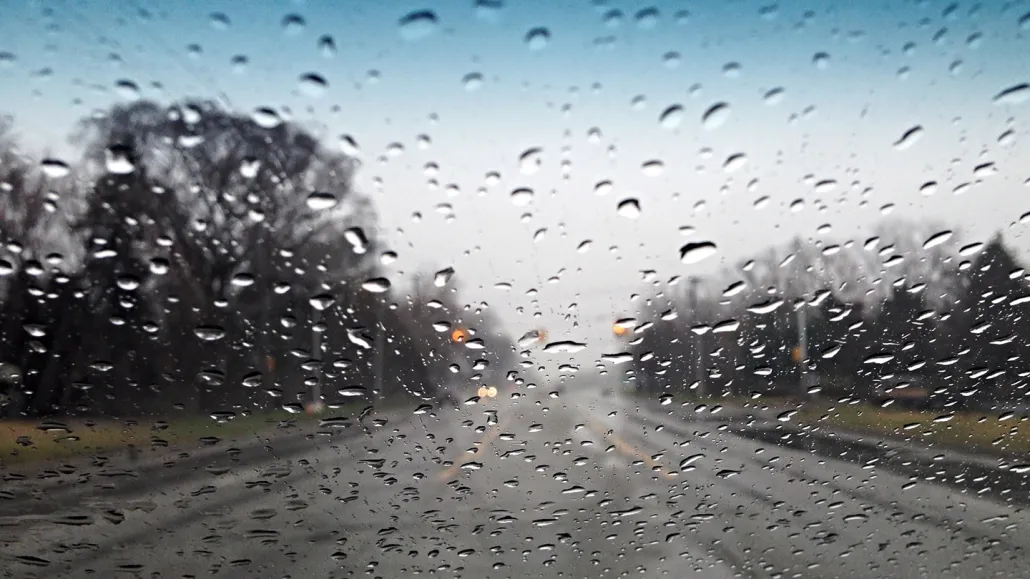
Some raindrops on the windshield of a speeding car slide up, some slide down and some seem stuck in place. Physics explains why.
Ali Majdfar/Moment Open/Getty Images

Some raindrops on the windshield of a speeding car slide up, some slide down and some seem stuck in place. Physics explains why.
Ali Majdfar/Moment Open/Getty Images